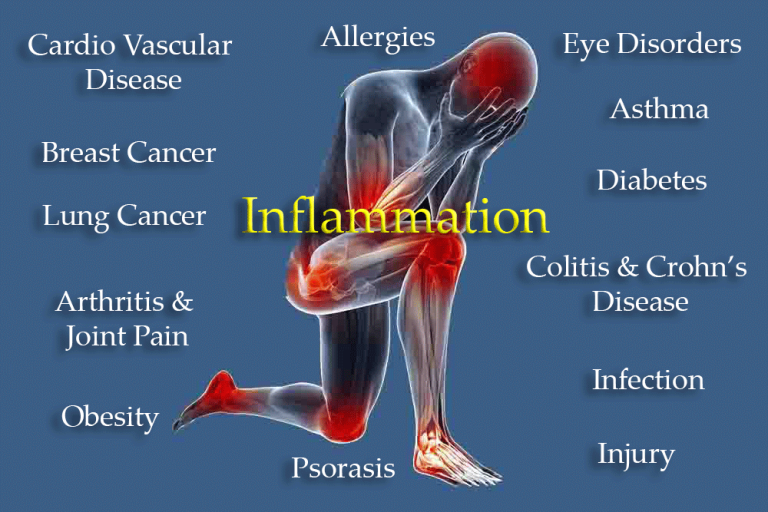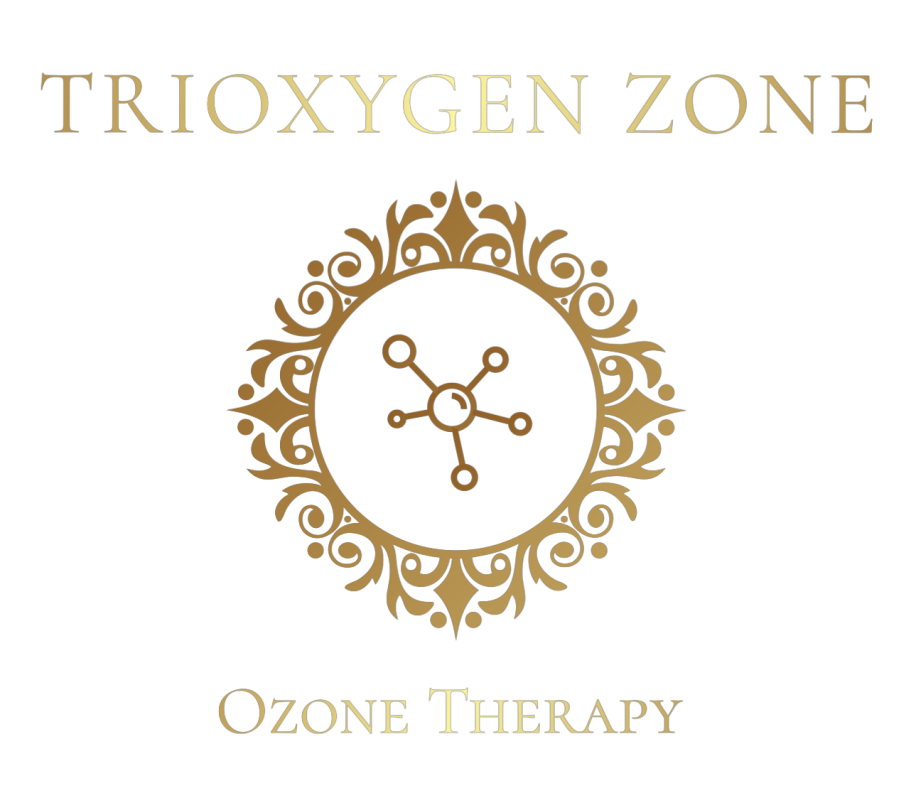What is Ozone therapy
Ozone therapy refers to medical practices that use ozone gas.
Ozone gas is a form of oxygen. This colourless gas is made up of three oxygen atoms.
Medical ozone is made by passing medical-grade oxygen through the ozone discharge, resulting in a gas mixture of 1 percent to 5 percent ozone and 95 percent to 99 percent oxygen.
Medical ozone is used to reduce the harmful effects of bacteria, viruses, fungi, yeast and protozoa. It’s used to disinfect and treat diseases that are caused by these invaders.

History of Ozone
Ozone therapy dates back centuries and has been used in many different ways throughout history. It originated in Germany in the late 19th century, and was first used to treat infections, inflammation, and other diseases. As the years went by, researchers and scientists continued to improve on ozone therapy and expand its uses.
The earliest documented use of ozone for therapeutic purposes is widely credited to A.C. Lender, a Berlin-based plumber and instructor in electrical engineering who experimented with its effects in the late 19th century. In 1903, he found that exposing water to high voltage electrical currents produces large amounts of ozone which improved the taste and smell of drinking water. He also observed physical health benefits from the ozone exposure including reduced fever, improved wound healing and relief from muscular pains.
The first reports of humans receiving Ozone therapy appeared in 1910 when a German professor had his patient breathe medical grade ozone mixed with air as an experimental treatment for tuberculosis. Over the following decades, ozone therapy gained more popularity in Europe as pioneering doctors began using it to treat conditions such as septicemia, pneumonia and other infections often not responding to conventional therapeutic interventions. It was also used extensively for dental disinfection procedures as well as stimulating local blood circulation to promote healing of tissue injuries.
Today many sources credit German physicist/chemist Christian Wilhelm Schoenbein (1799–1868) as one of the pioneers of modern ozone therapy due to his works with ozone inhibition factors leading up to its eventual medicinal use.
Modern Ozone Therapy was first developed in Germany in the 1950s and was quickly adopted by many countries around the world as a safe and effective way to treat a variety of medical conditions. Although ozone has been used in water treatment plants and medical laboratories for some time, it has only recently become popular as a medical treatment.

How does Ozone therapy works
It works by disrupting bacterial and fungal cell growth and virus-to-cell contact through oxidation.
Cells that are vulnerable to invasion by foreign pathogens, like viruses, are also susceptible to oxidation, which is exactly how ozone works to disrupt their growth, eliminate them and allow for the replacement of healthy cells.
In medicine, controlled therapeutic doses are used in several ways, but it’s not ingested or inhaled.
While in a gaseous state, ozone uses include:
- Direct injection: Ozone gas is used intravenously to treat internal organs and oxygenate blood. Intramuscular injections are also common.
- Autohemotransfusion: This form of ozone therapy involves drawing blood from the body, mixing it with ozone gas and then reinfusing the oxygenated blood.
- Skin exposure: Ozone gas is used on the skin through a sealed bag or medical chamber.
When administered properly, modern ozone therapy offers many potential benefits, including:
- Reduced inflammation
- Improved immune system functioning
- Better circulation
- Increased oxygenation throughout the body
- Enhanced detoxification processes
- Faster wound healing time
- Improved overall health maintenance
- Anti-aging benefits
The Benefits
Ozone therapy has been used for centuries and is considered a natural healing remedy for many conditions. Ozone therapy is known for its anti-inflammatory and antioxidant properties which can help to reduce pain and improve overall health. Additionally, ozone therapy has shown to boost the immune system, making it an excellent choice for those with chronic illnesses.
Improved Immune System
The immune system plays a vital role in protecting our bodies from pathogens that can cause disease and illness. When the immune system is weakened or compromised, it becomes vulnerable to infection and virus attacks.
Ozone therapy has been used to support the body’s natural mechanisms of defence which include helping to stimulate the production of white blood cells and other antibodies that protect us from external threats. Research has shown that ozone therapy can increase levels of interferon, lymphocytes and macrophages within the body which help fight off infections.
In addition, ozone therapy can reduce inflammation caused by bacterial or viral infections, effectively helping stimulate healing processes at a cellular level. Regular ozone treatments are thought to strengthen immune responses over time, thus improving overall well-being.
Reduced Inflammation
Ozone therapy has been used for many years and is rising in popularity due to its numerous benefits. One of the primary uses of Ozone therapy is reducing inflammation. Studies have shown that it can reduce pain and improve muscle mobility.
The exact mechanism behind the anti-inflammatory activity is not well understood, but it is thought that ozone’s antioxidant properties assist in reducing inflammation by neutralizing free radicals in the body. In addition, ozone activates enzymes that are important for immune regulation and helps to decrease oxidative stress.
These anti-inflammatory benefits are widely accepted as having a positive effect for people suffering from chronic conditions such as arthritis or fibromyalgia as well as acute medical conditions like gout or infection. Ozone therapy has also been used for post-surgery recovery, wound healing, and tissue regeneration.
In summary, by neutralizing harmful free radicals in the body and activating enzyme systems associated with immune regulation, ozone therapy reduces inflammation and provides a number of benefits to those with metabolic issues or chronic inflammation syndromes.
Increased Energy
Ozone therapy is a type of medical treatment that involves introducing ozone into the body to facilitate healing. Ozone is a gas that possess three atoms of oxygen – which is why it is used in medical treatments. When introduced into the body, the increased level of oxygen can stimulate cells and bring added energy.
The World Health Organization (WHO) has found numerous applications for ozone therapy, including
- tissue repair and infection prevention
- high-energy metabolism
- cell regeneration
- pain relief
This therapy also has an effect on improving overall well-being, leading to increased physical energy and mental clarity.




We need your consent to load the translations
We use a third-party service to translate the website content that may collect data about your activity. Please review the details in the privacy policy and accept the service to view the translations.

